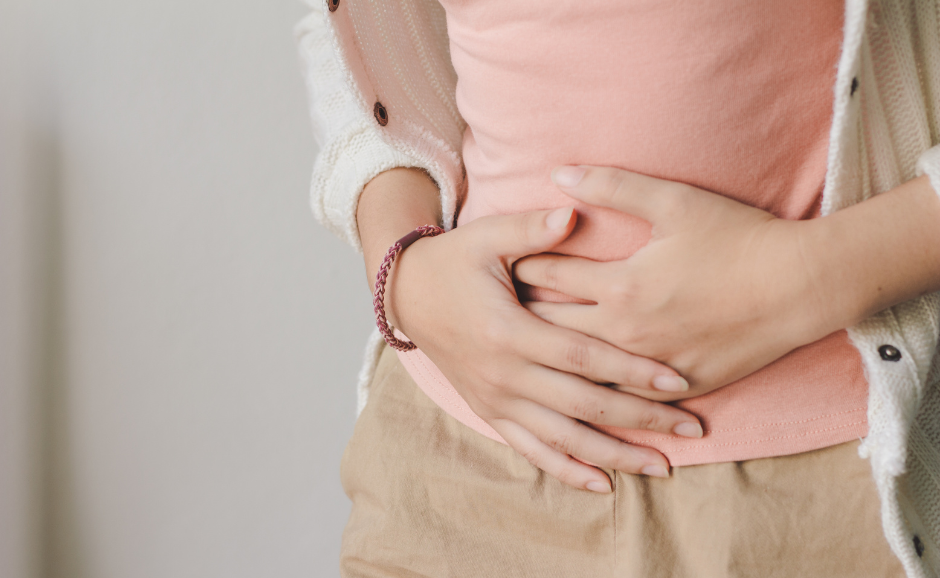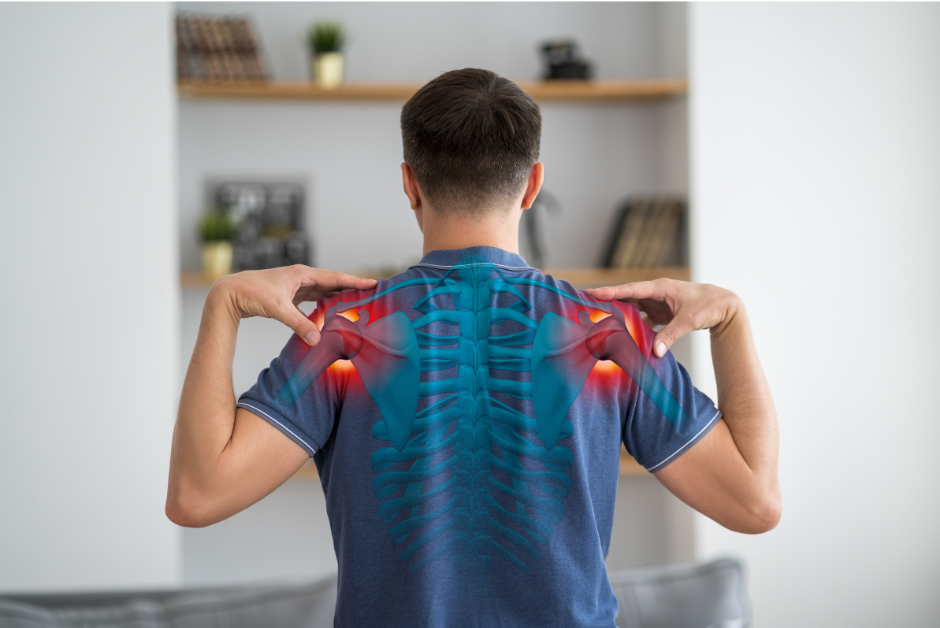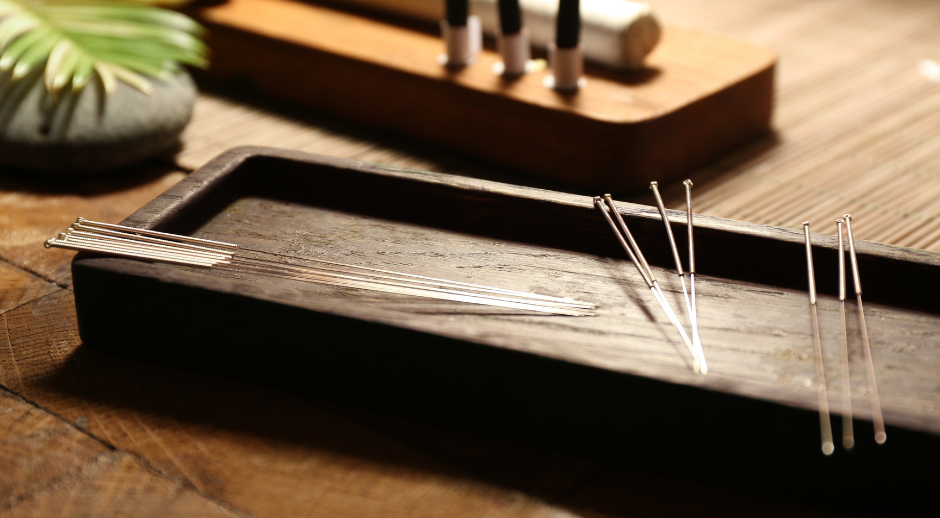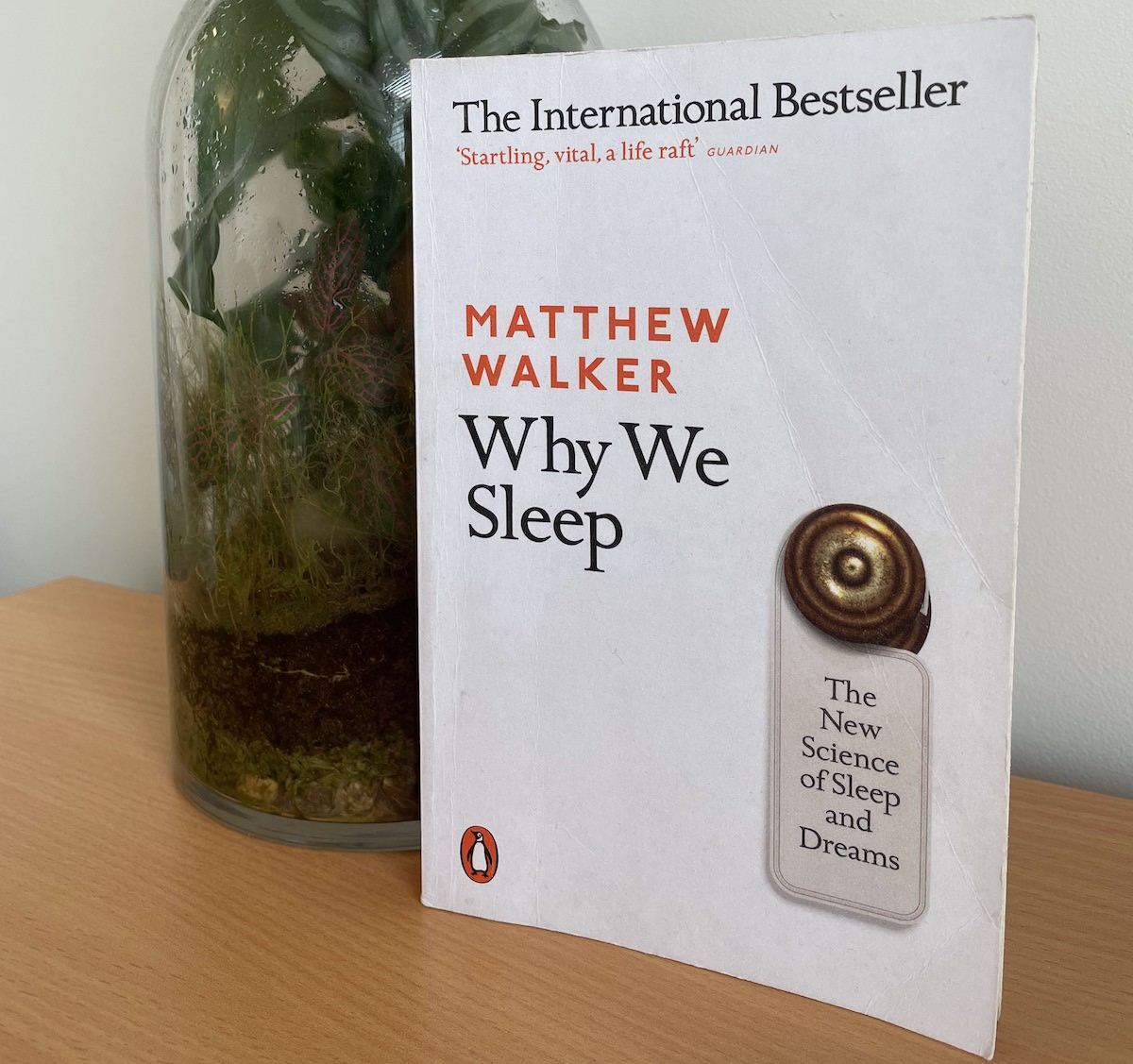How Acupuncture and Chinese Herbal
Medicine Help Support Endometriosis
Did you know that using acupuncture for endometriosis can lead to a more comfortable and healthier menstrual cycle?
It’s true! And it’s not some kind of woo-woo magic that’s relieving pain either. Acupuncture is rooted in traditional medicine, but modern science now recognises the role TCM plays in relieving pain. If you’re considering trying an evidence-based acupuncture treatment to help ease the pain from endometriosis, here’s what you need to know.
Understanding endometriosis and its impact
Endometriosis is a chronic and often painful condition that affects an estimated 7-10% of women during their reproductive years globally, although the impact can persist beyond that timeframe. It occurs when tissue similar to the lining inside the uterus, known as the endometrium, begins to grow outside the uterus in places where it doesn’t belong, such as on the ovaries, fallopian tubes, and the pelvic lining. This misplaced tissue behaves like the lining of the uterus, thickening, breaking down, and bleeding with each menstrual cycle. However, because this tissue has no way to exit the body, it becomes trapped, leading to inflammation, scar tissue formation, and adhesions. This process can cause significant pain, especially during menstrual periods, and can also lead to fertility issues.
The impact of endometriosis on women’s lives cannot be overstated. The pain associated with the condition can be debilitating, affecting daily activities, work, and relationships. It’s not just the physical symptoms—chronic pain can lead to emotional and psychological distress, including depression and anxiety. The unpredictability of the pain and its intensity can make planning difficult, affecting personal and professional life significantly. Endometriosis is also a leading cause of infertility, creating stress for women who wish to conceive.
Women with endometriosis often experience a long and frustrating journey towards diagnosis. The symptoms can mimic other conditions, leading to misdiagnosis and treatments that are ineffective. This delay in proper diagnosis and treatment can exacerbate the feelings of isolation and frustration. The challenge in diagnosing and managing endometriosis underscores the need for increased awareness, better diagnostic tools, and more effective, holistic treatment options that address not only the physical but also the emotional aspects of the condition.
In this context, exploring alternative therapies such as acupuncture and Chinese herbal medicine offers a promising avenue for providing relief and improving the quality of life for women suffering from endometriosis. These traditional Chinese medicine (TCM) practices have been used for centuries to treat a variety of ailments, including menstrual pain and infertility, and they offer a holistic approach to health, focusing on restoring balance and harmony within the body.
What is acupuncture and how can it help?
Acupuncture, a cornerstone of traditional Chinese medicine, is a therapeutic technique that involves the insertion of thin needles into specific points on the body. This ancient practice, with roots stretching back over 2,000 years, is often sought out for pain relief, including the discomfort associated with conditions like endometriosis. The philosophy behind acupuncture is centred on the belief that it can help restore balance within the body’s energy flow, known as Qi, thereby promoting health and well-being.
In terms of Western science when it comes to relieving pain from endometriosis and menstrual pain, acupuncture is believed to work through several physiological mechanisms. Firstly, it may help by stimulating the nervous system, leading to the release of neurotransmitters and hormones, such as endorphins, the body’s natural painkillers. This can result in immediate pain relief.
Secondly, acupuncture is thought to reduce inflammation by promoting the release of vascular and immunomodulatory factors, which can help alleviate the pain and discomfort associated with endometriosis. Additionally, by improving blood flow, acupuncture can help to relax muscles and reduce the pelvic discomfort that many women with endometriosis experience. While research is ongoing, many women report significant relief from endometriosis-related pain following acupuncture treatment, making it a valuable complementary approach in managing this challenging condition.
What this all adds up to is relief from pain, an increased ability to enjoy work, relationships, exercise and day-to-day life plus more flexibility in planning holidays, events and all the fun things in life!
Chinese herbs and Western supplements can also help
Chinese herbal medicine, alongside Western natural supplements, can also play a role in helping to manage the pain associated with endometriosis. Rooted in the principles of traditional Chinese medicine, this approach aims to restore balance and harmony within the body, addressing the underlying causes of endometriosis-related discomfort. Specific herbs and supplements are selected for their properties that can help regulate hormonal balance, reduce inflammation, and improve circulation, thereby alleviating pain.
Some of the herbs commonly used in the treatment of endometriosis include:
- Dang Gui (Angelica sinensis), known for its ability to improve circulation and reduce pain
- Chi Shao (Red Peony), which can reduce inflammation and help relieve cramping
- Gan Cao (Liquorice root), which may have anti-inflammatory and estrogen-regulating properties.
Additionally, natural supplements like omega-3 fatty acids, found in fish oil, have been shown to reduce inflammation , and reduce pain by improving blood flow. Similarly, magnesium supplements can help relax muscle spasms and reduce menstrual cramps, which are common in women with endometriosis.
A combined approach
Therefore, using both acupuncture and Chinese herbal medicine and supplements together offer a comprehensive approach to managing endometriosis pain. Both are working on direct pain relief, while also addressing the underlying imbalance that has led the condition to arise. This helps to not only address the pain now, but also works to prevent it from recurring.
What does an acupuncture session for endometriosis look like?
At our initial meeting, I’ll take an in-depth look at your health history, including any diagnostics from a GP or specialist, and discuss any current medications or supplements you’re taking.
Treatments usually involve acupuncture with heat therapy, alongside Chinese herbal medicine or Western natural supplements (if needed), to strengthen the benefits. I use very fine needles that are barely felt upon entry. Once the needles are in I’ll leave you to rest for 20-30 minutes, offering a relaxing experience that many find rejuvenating.
Initially, we will schedule your acupuncture sessions on a weekly or biweekly basis, depending on the severity of your symptoms. Once your symptoms are under control, I’ll move appointments out. A more detailed treatment plan will be developed after a few sessions based on your response.
If you have any questions about how acupuncture can help with reducing period pain, feel free to contact me at the clinic on 03 8774 5588 or at lachlan@lachlanmcdonaldacupuncture.com.au. Alternatively, you can book an acupuncture appointment online.
References
Giese, N., Kwon, K. & Armour, M. (2023). Acupuncture for endometriosis: A systematic review and meta-analysis. Integrative Medicine Research, 2023, Dec; 12(4).
Rubi-Klein, K., Kucera-Sliutz, E., Nissel, H., Bijak, M., Stockenhuber, D., Fink, M. & Wolkenstein, E. (2010). Is acupuncture in addition to conventional medicine effective as pain treatment for endometriosis? A randomised controlled cross-over trial. European Journal of Obstetrics, Gynaecology, and Reproductive Biology, 2010 Nov;153(1):90-3
Xu, Y., Zhao, W., Li, T., Zhao, Y., Bu, H. & Song, S. (2017). Effects of acupuncture for the treatment of endometriosis-related pain: A systematic review and meta-analysis. PLoS One,2017; 12(10).






